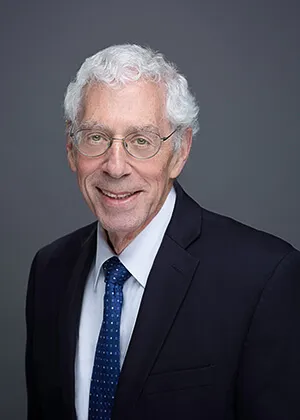Roller Coaster Derails in Florida, Injuring Several People

Last June, the “Sand Blaster” roller coaster derailed from its tracks in Daytona Beach. The front car was left dangling from the tracks, and two passengers fell 34 feet to the ground below. Six riders were hospitalized after the accident.
Investigations after the accident uncovered evidence that the ride had derailed numerous times before, but those derailments went unaddressed. The accident in June was attributed to excessive speed and operator error and could have easily been prevented.
Tragically, amusement park rides cause thousands of injuries every year. When an amusement park is negligent in the hiring of staff and installation and maintenance of its rides, and guests are injured as a result, park owners and operators could be held liable for the harm they’ve suffered.
Types of Roller Coaster Accidents
Roller coaster accidents can happen for a variety of reasons, including:
- Operator error: If roller coaster operators fail to check seatbelts, start or stop the ride too suddenly, operate the ride at an improper speed, or otherwise fail to operate the ride in a manner that is safe for all passengers, they may cause a serious accident.
- Mechanical failure: If a roller coaster was poorly designed or improperly maintained, a component may break or malfunction during operation, causing an accident.
- Passenger error: If a passenger disregards instructions on how to behave during a ride and stands up, unlatches the seatbelt, sticks hands or feet outside of the coaster car, or otherwise fails to follow instructions, the passenger may end up injured.
- Ride conditions: Some rides may be too intense for people who are pregnant or have heart conditions, neck and back problems, and more. Amusement parks must provide warnings to guests about which rides are unsafe for which guests. If the park fails to provide a warning and a guest suffers an injury, the park may be liable.
The details of your particular accident will determine whether you can file a lawsuit and, if so, which party or parties are liable.
What Is a Traumatic Injury?
Traumatic injuries are injuries that occur suddenly, are very serious, and usually require immediate medical attention. Traumatic injuries are common during roller coaster accidents. Some of the most common types of injuries incurred in a roller coaster accident include:
- Traumatic brain injuries
- Head, neck, and back injuries
- Lacerations, broken bones, and torn ligaments
- Stroke or brain aneurysm
Tragically, roller coaster accidents can also cause fatal injuries. If you have lost a loved one in a roller coaster accident, an experienced attorney may be able to help the surviving family members pursue a wrongful death claim against the amusement park seeking compensation for funeral costs and loss of support, among other damages.
Talk to a Traumatic Injury Attorney Today
If you or a loved one suffered a traumatic injury during a roller coaster accident in Florida, the respected law firm of Fine, Farkash & Parlapiano can help. Our firm has over 100 years of combined experience helping victims of negligence recover the financial compensation and the justice they deserve.
Our seven award-winning trial attorneys have won millions for our clients over the years, often recovering much more than the initial settlement offered by insurance. To learn more about how we can help you after a roller coaster accident, contact us today at (352) 372-7777 to schedule a free consultation.

Mr. Fine was born in New York, New York, and was raised in the northeast, where he studied sociology at Colby College in Waterville, Maine. He then graduated with honors from the University of Florida Levin College of Law in 1976. In law school, he was a member of Phi Kappa Phi Honor Society, was inducted into the Order of the Coif, and graduated in the top 10 percent of his class. Mr. Fine was admitted into the Florida Bar in 1976, the United States District Court for the Middle District of Florida in 1977, the United States District Court for the Northern District of Florida in 1991, and the United States Court of Appeals 11th Circuit in 1982.
